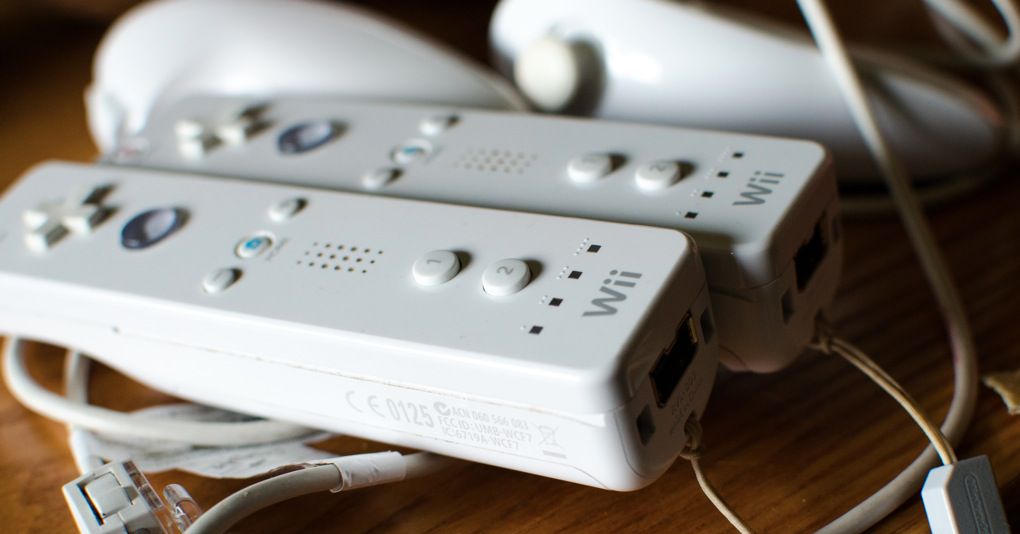Optus loses NBN download-speed crown in surprise upset
Optus has typically been the top performer in the Australian consumer watchdog’s broadband reporting, but its latest study shows that Optus has been beaten by a surprise internet provider.
The Australian Competition and Consumer Commission’s (ACCC) latest report shows that Exetel has overtaken Optus in the average download speed measurement, beating its advertised plan speeds by 3.3% during the peak busy hours, and 4.5% across all times.
Optus still performed well though, and it wasn’t too far behind Exetel. Its NBN plans reached 100% of its rated average download speed during the peak usage period, and exceeded it by 0.8% during all times.
With a smaller ISP such as Exetel beating out the heavy hitters such as Telstra, Optus and TPG, it serves as another reminder that size often doesn’t matter when it comes to NBN providers.
Exetel currently has discounts available across all of its plans, with savings of up to AU$240 on offer if you sign up for one of its NBN 1000 or NBN 250 plans. If you want a more standard NBN 50 or NBN 25 plan, you can save up to AU$120 by signing up now.
Fibre to the Nope
As has consistently been shown in the consumer advocate’s reporting, fibre-to-the-node (FTTN) services continue to perform significantly below that of other connection types for NBN 50 and NBN 100 plans.
During the reporting period, FTTN users on an NBN 100 plan received an average download speed that was around 16Mbps lower than other connection types. Overall, these households reached 85.9% of their plan’s rated speed on average across all hours.
FTTN users on an NBN 50 plan that were monitored for the report fared a little better, with average download speeds measuring around 6Mbps lower than other technologies. These FTTN users were able to reach 93.2% of their NBN 50 plan’s advertised speed during all hours, but that is still substantially below other NBN 50 users with other connection types.
If you are one of the millions of Australians stuck with a FTTN connection and have an underperforming NBN 100 plan, your best bet is to move down to a slower, more affordable NBN 50 plan.
Good news for NBN Fixed Wireless
The ACCC’s latest report brings good news for regional and rural Australians with an NBN Fixed Wireless connection: results from December 2021 found that on average, users were able to reach 79.8% of their plan’s rated speed during the crucial busy hours of 7-11pm, and 93.4% across all hours.
These findings are a significant improvement from when the ACCC first started monitoring Fixed Wireless performance in December 2020. At the time, these users were achieving 68.4% of their plan’s advertised speed during peak usage hours, and 78.5% on average across all hours.
As indicated by the consumer watchdog’s report, this increase in download speeds can be credited to NBN Co, which began to allow a 15% overprovisioning allowance in July 2021. That’s led some internet providers to pass on the benefit to their customers.
Households are typically connected to NBN Fixed Wireless when they’re in regional or remote areas – they access the NBN from a transmission tower through an antenna installed on their roof, as opposed to fibre or copper wiring direct to their premise. We have a guide to the best wireless broadband plans in Australia if you want to compare what’s on offer.


